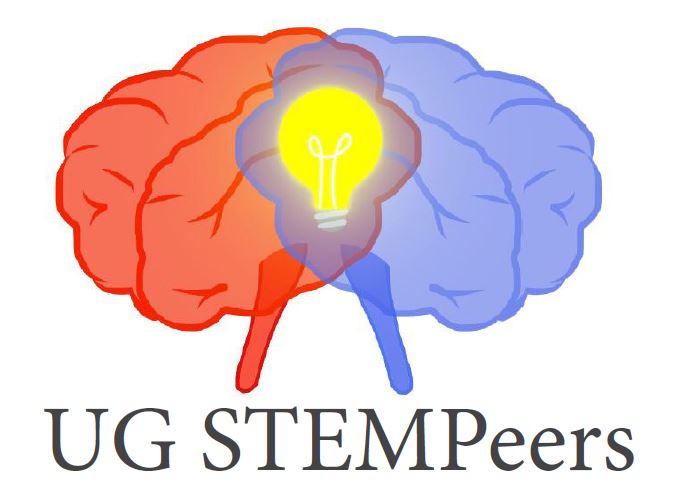Discover the fascinating world of cell signalling and communication in this article. G-protein Coupled Receptors transmit extracellular signals to the cell’s interior and elicit a response. They have diverse functions in physiological and biochemical signalling. Read more to understand the complex structure and intricate pathways associated with this protein!
Tag Archives: Molecular Biology
Warfarin: A double-edged sword
Drugs whose disadvantages overshadow the benefits seem to be quite common in the field of medicine. Warfarin, a blood thinner, falls under this very category. Read this interesting article to know more!
EVOLUTION
Tease you brain with this interesting crossword on all the theories behind the origin of life – and everything afterwards!
The ‘G’-lymphatic system
The lymphatic system is well-known for its role in the body’s defence system against internal as well as external threats. But that’s not all. Along with its defence-oriented functions, the lymphatic system plays a major role in maintaining fluid balance in the body. The central nervous system or CNS is characterized by a disproportionately high metabolic rate along with a complex and extremely environment-sensitive synaptic transmission that can be hampered due to the accumulation of waste metabolites. However, there is no evident conventional lymphatic organisation in CNS. Read this article to find out about the newly discovered glymphatic system, a macroscopic waste clearance system directly involved in the transport of waste metabolites and solutes generated by the CNS!
Jean-Martin Charcot
Multiple sclerosis or MS, a chronic autoimmune disorder affecting the central nervous system, is now a well-known recognised disease. Professor Jean-Martin Charcot, also known as the ‘father of neurology’ (le pere de la neurologie) was one of the most prominent scientists who clinically examined and understood this disease, classifying it as a distinct disease in the year 1868. Read this article to find out more about his life’s journey and this ground-breaking discovery!
Excite your Neurons!
Challenge your brain with this exciting crossword on neurobiology!
Experimenting my way through Molecular Medicine Laboratory
During the summer break after my second year of BSc at St. Xavier’s College, Mumbai, I got the opportunity to intern at a Molecular Medicine lab under the guidance of various people, at Reliance Life Sciences in Rabale. While most work being carried out there might not seem as fancy as you would expect, all the knowledge and experience I was able to gain makes everything pale in comparison. The sheer scope of the number of samples that the Covid testing department of the lab handled on a day-to-day basis with their rotation of morning, afternoon and night shifts blew my mind. And this was just one department that I got to experience for 3 days of the one month that I spent there.
Mosaics in Membranes: Membrane Structure and Fluidity
Although invisible to the naked eye, the world inherently possesses an exceptional degree of randomness. Air molecules are in constant motion, moving to occupy available space and undergoing numerous collisions and interactions among themselves. This is the nature of the molecular world. Even water molecules are constantly moving, colliding and interacting with each other. Similar considerations can be applied to cells, which turn out to be essentially vast mixtures of biologically important molecules in perpetual motion that collide and interact with each other. To contain these biomolecules and thus bring about the entity we know to be a cell becomes a necessity and this role is fulfilled by biological membranes. Understanding the structure and functions of these biomembranes became an important goal in the 20th century. Read this article to find out how scientists aimed to devise a model that may effectively explain the organisation and purpose of biological membranes!
The Millennium Problem – Protein Folding
Predicting the three-dimensional structure of proteins can have a wide range of applications which include the synthesis of novel drugs, enzymes to digest plastic and even sequestering carbon dioxide from the air to produce biofuels. But the process of prediction has been one of the longest-standing challenges in science, with protein folding being one of the major hindrances in establishing a three-dimensional structure. Read this article to understand the ‘Protein Folding’ problem and the use of artificial intelligence to solve it!
TELOMERASE AND CELL AGING: A Review of the Identification of the RNA Component of Human Telomerase
Have you ever wondered why or how your cells slowly age and die? Or as it is scientifically called, senescence of the cell. One of the many theories predicts that the reason lies in a repeat sequence of nucleotides (individual parts that make up our DNA) called telomeres present at the end of DNA and acting as protective caps. But what about the immortal cells or the germ line cells? How does telomere shortening work in them? The answer lies in an enzyme called Telomerase – an RNA-protein complex, and a vital enzyme. Read this review to know about the several experiments and studies conducted to understand its importance!
